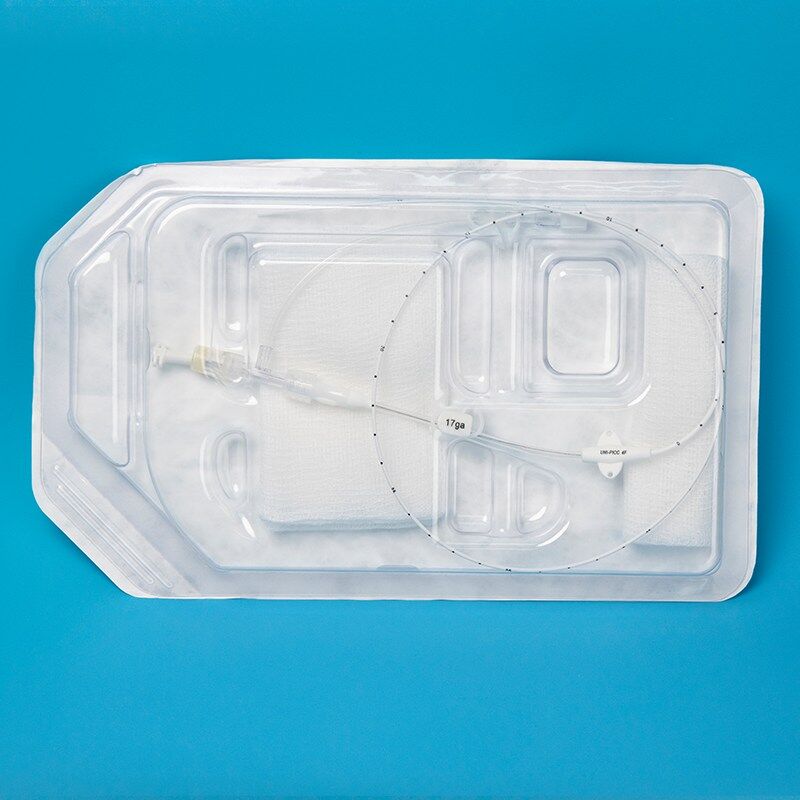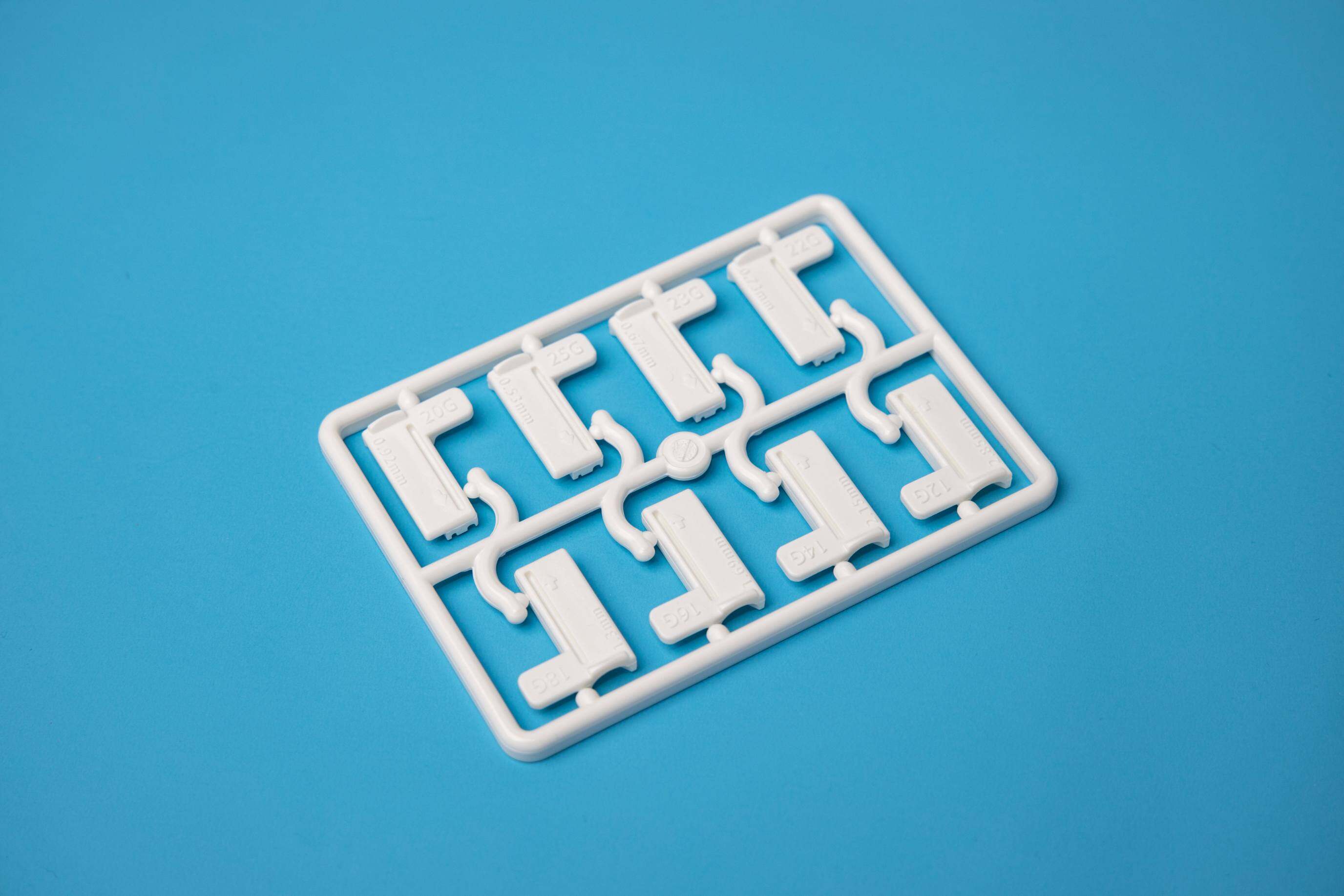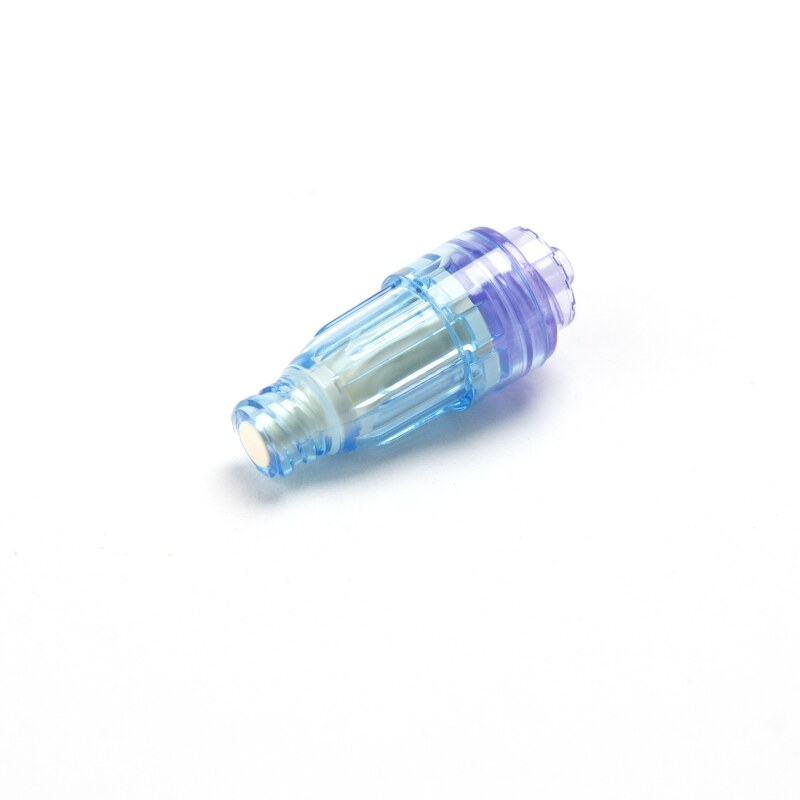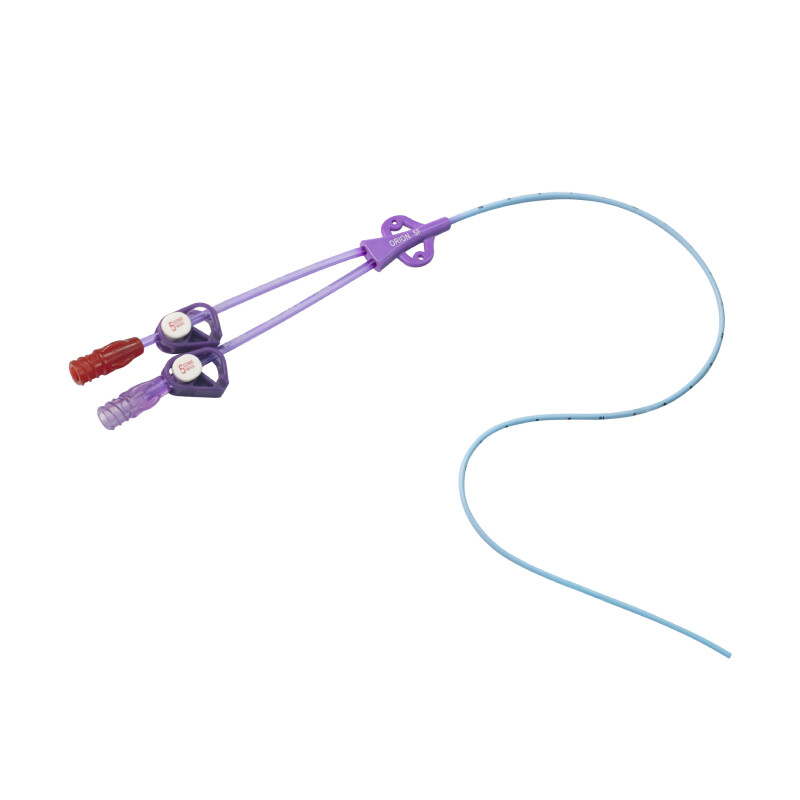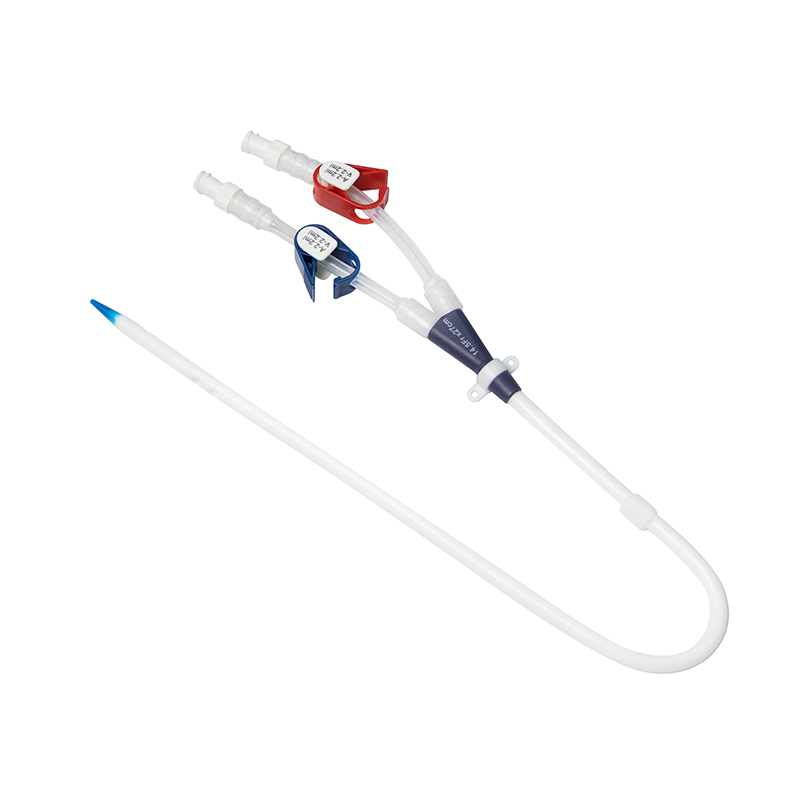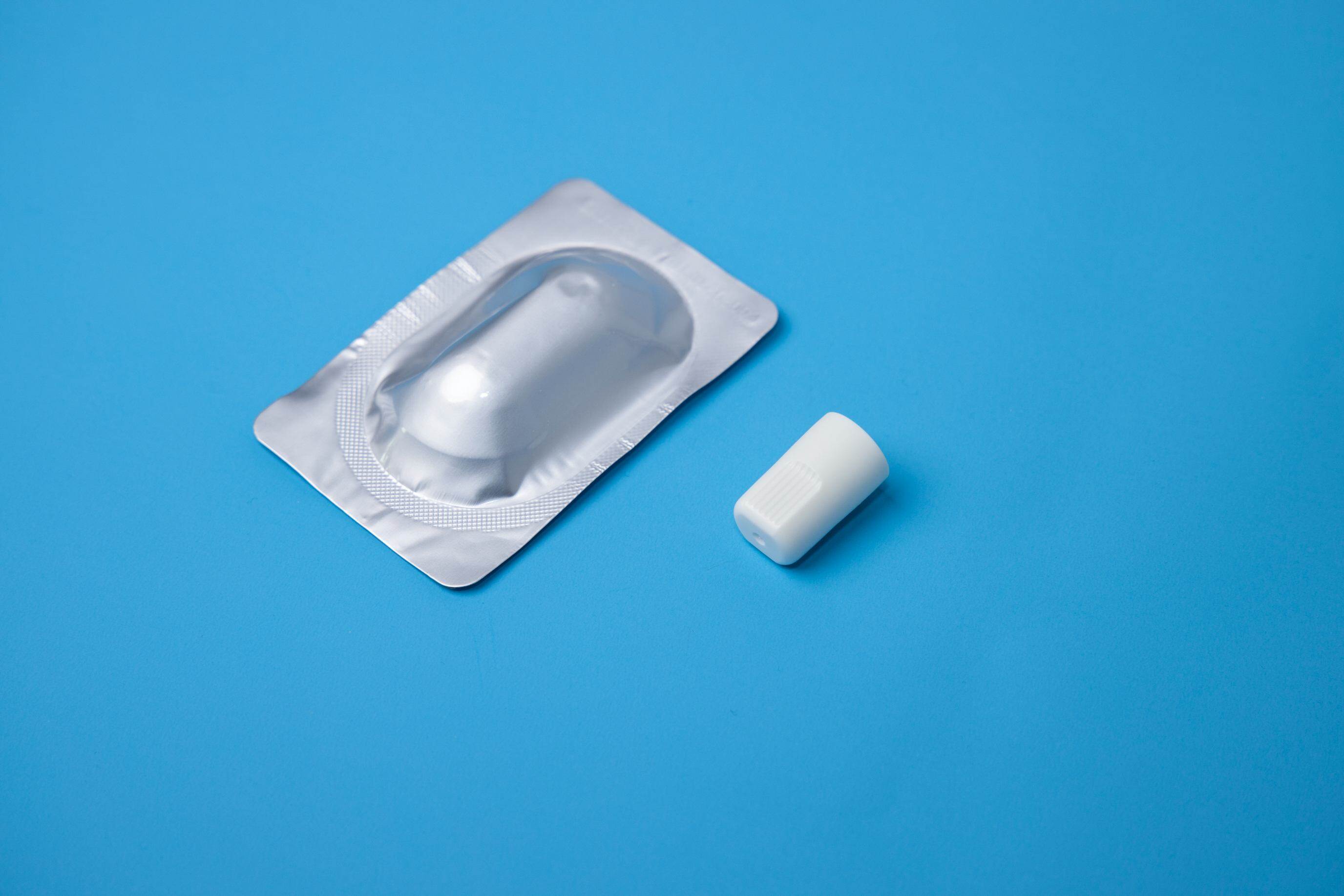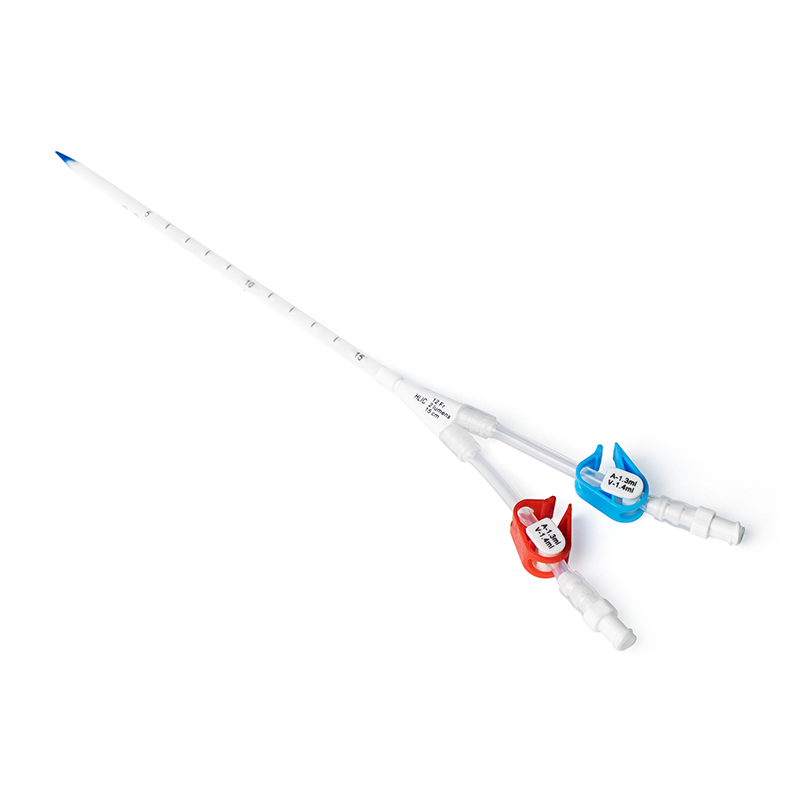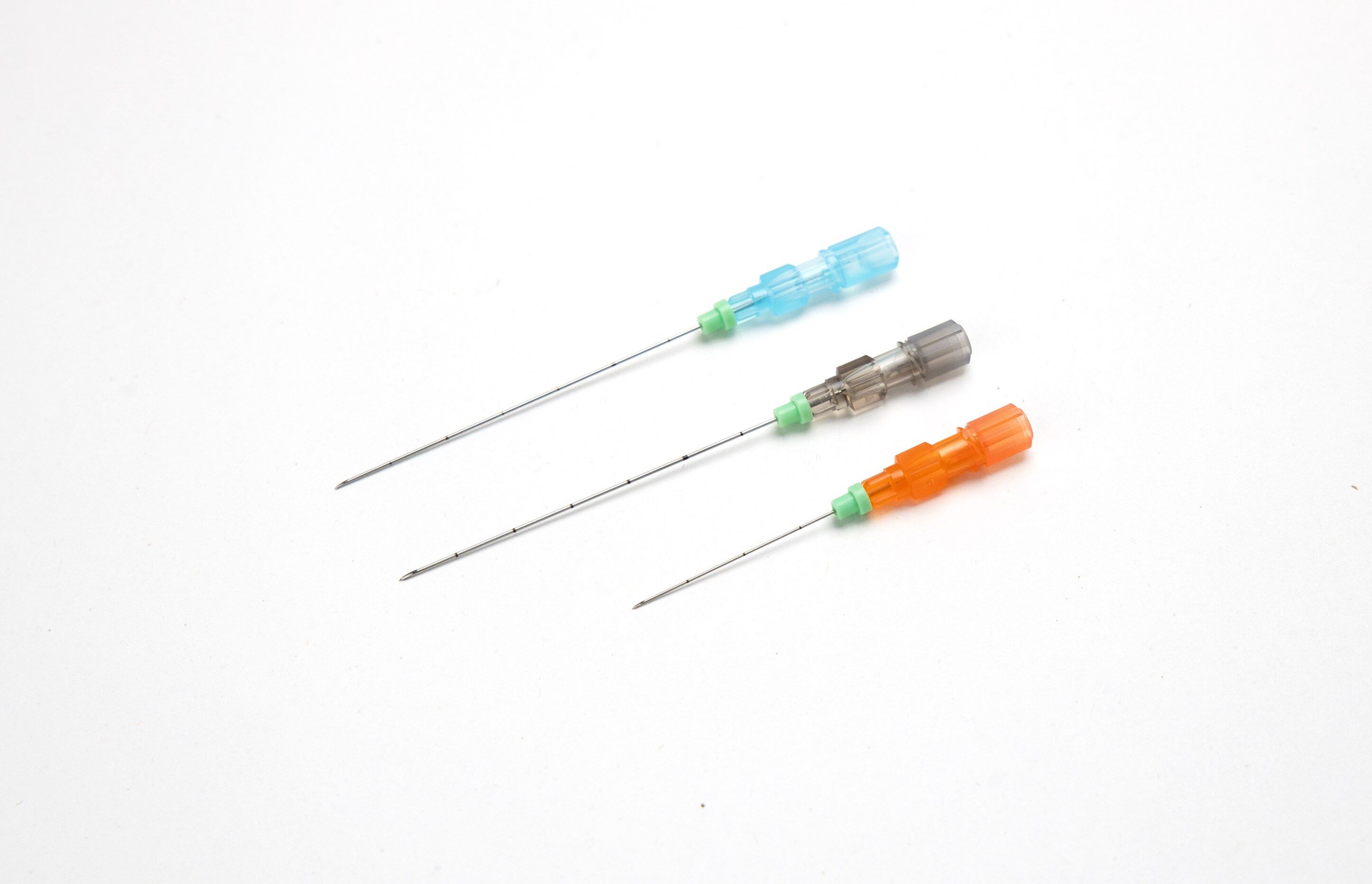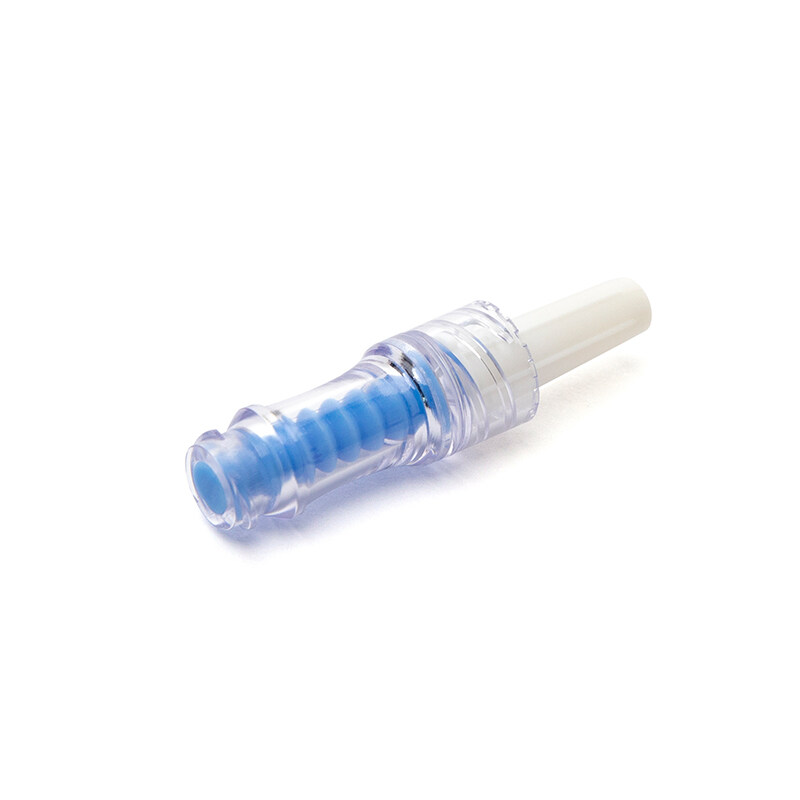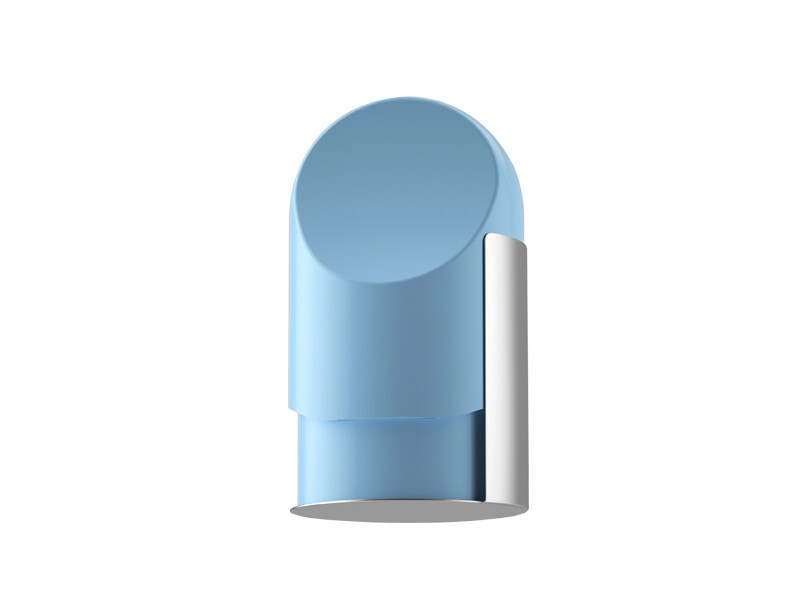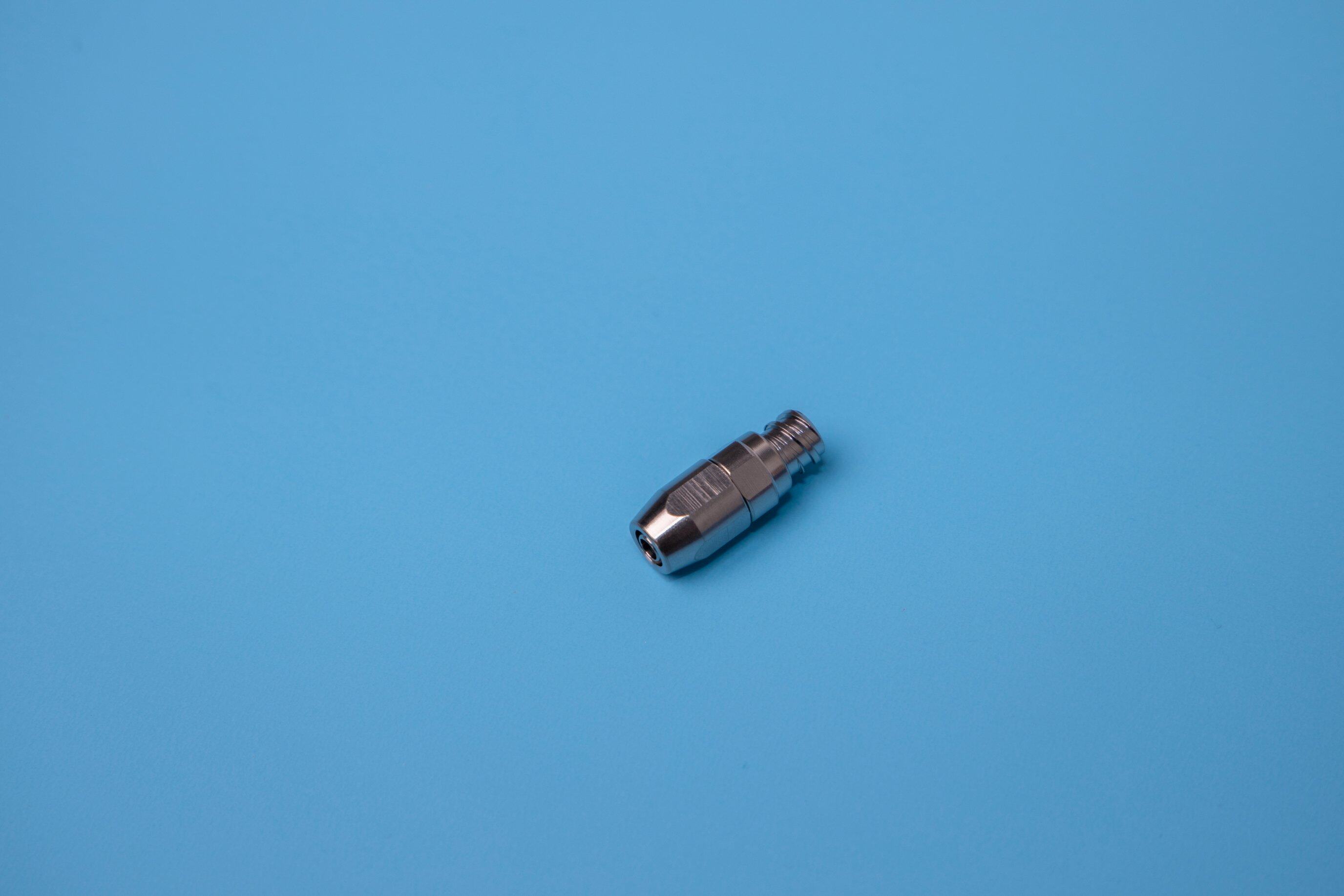central venous catheter advantages
What is a central venous catheter used for?
A central venous catheter is a thin, flexible tube that is inserted into a vein, usually below the right collarbone, and guided (threaded) into a large vein above the right side of the heart called the superior vena cava.
What are the types of central venous catheters?
The doctor will recommend the type of CVC you should have based on your situation and how long the CVC may be needed.
Three common types of CVC are a tunneled central venous catheter, a peripherally inserted central catheter, and a subcutaneous port.
There is still a lot to learn about central venous catheters, for example about the central venous catheter advantages. Only with a better understanding of the central venous catheter advantages can we make the most of its usefulness.
Central venous catheters (CVCs) have several advantages over other types of catheters or intravenous (IV) access devices. Here are some of the main advantages of using a central venous catheter:
Long-term access: CVCs are designed to provide long-term access to the bloodstream, which is especially useful for patients who require frequent or prolonged administration of medications, fluids, or blood products. This eliminates the need for repeated needle sticks and reduces the patient's discomfort.
Multiple lumens: CVCs are available with multiple lumens, which allow for the simultaneous administration of multiple medications or fluids. This can be particularly helpful in critical care situations or for patients with complex medical needs.
Higher flow rates: CVCs are designed to handle higher flow rates than other types of catheters, which makes them suitable for patients who require rapid administration of fluids or medications.
Lower risk of infiltration: CVCs are inserted into larger veins, which have a lower risk of infiltration (when fluids or medications leak into surrounding tissues) compared to smaller veins.
Access to central circulation: CVCs provide direct access to the central circulation, which allows for more accurate measurement of central venous pressure (CVP), which can be an important indicator of a patient's cardiovascular status.
Improved patient comfort: Once properly placed, CVCs typically cause less pain and discomfort than other types of catheters or IV access devices.
Overall, central venous catheters are a versatile and effective tool for providing long-term access to the bloodstream and delivering medications and fluids to critically ill patients.
Reduced need for frequent site changes: Since CVCs are designed for long-term use, they can reduce the need for frequent site changes, which can minimize the risk of infection and reduce the overall cost of care.
Reduced risk of phlebitis: Phlebitis, or inflammation of the vein, is a common complication of IV therapy. However, because CVCs are inserted into larger veins, they have a lower risk of causing phlebitis compared to other types of catheters.
Improved patient mobility: CVCs allow for greater patient mobility and independence since they are typically more secure and less likely to dislodge than other types of catheters or IV access devices.
Access for hemodialysis: Some types of CVCs, such as tunneled catheters, can be used for hemodialysis in patients with kidney failure. This provides a convenient and effective alternative to other forms of vascular access, such as arteriovenous fistulas or grafts.
While there are many advantages to using central venous catheters, it's important to note that they do have some potential drawbacks and risks. For example, the insertion of a CVC can be more invasive than other types of IV access, which can increase the risk of complications such as bleeding, infection, or pneumothorax (collapsed lung). It's important for healthcare providers to carefully consider the risks and benefits of using a CVC for each patient and to monitor for any potential complications or adverse events.
Where is the central venous catheter placed?
A Central venous catheter is used to give intravenous fluids, blood transfusions, chemotherapy, and other drugs.
A central venous catheter is an indwelling device that is peripherally inserted into a large, central vein, and advanced until the terminal lumen resides within the inferior vena cava, superior vena cava, or right atrium.
Haolang medical specializes in developing, manufacturing, and distributing a series of products for vascular access, infusion therapy, and infection control.
For questions about the central venous catheter, including the central venous catheter advantages, you are always welcome to contact Haolang Medical to find out more.

